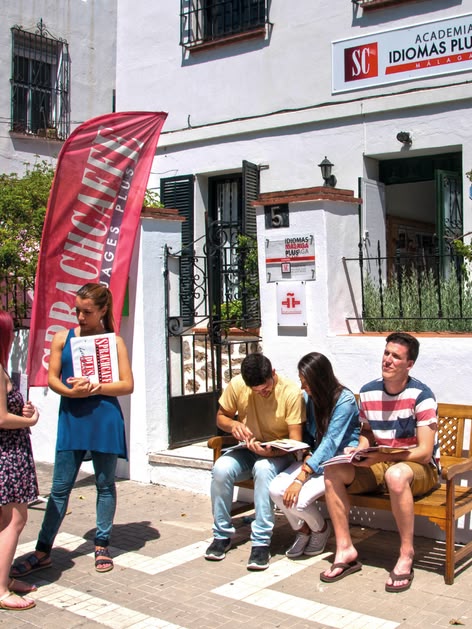Spanish Past Perfect Compound: Formation, use and examples
The preterite perfect is an important and widely used verb tense in Spanish. It is used to talk about past actions with relevance in the present, to express past experiences without specifying the exact time and to talk about situations or actions that occurred in the recent past.
The Spanish past perfect tense at a glance
The preterite perfect compound is a verb tense in Spanish that is used to talk about actions that have occurred in the recent past and that have relevance in the present. It is a combination of two elements: the auxiliary verb "haber" conjugated in the present tense and the past participle of the main verb.
Formation of the past perfect tense in Spanish
To form the past perfect tense, we use the present tense of the verb "haber" plus the past participle of the verb we want to conjugate.
The past participle is obtained in different ways depending on the ending of the verb:
- Verbs in -ar: The -ar ending is replaced with -ado.
- Verbs in -er: The -er ending is replaced with -ido.
- Verbs in -ir: We replace the ending -ir with -ido.
Conjugation table
| Pronombre personal | Verbo "haber" | Verbos terminados en -ar como hablar | Verbos terminados en -er como comer | Verbos terminados en -ir como vivir |
|---|---|---|---|---|
| Yo | he | hablado | comido | vivido |
| Tú | has | hablado | comido | vivido |
| Él / Ella / Usted | ha | hablado | comido | vivido |
| Nosotros / Nosotras | hemos | hablado | comido | vivido |
| Vosotros / Vosotras | habéis | hablado | comido | vivido |
| Ellos / Ellas / Ustedes | han | hablado | comido | vivido |
Uses of the past perfect tense
Past experiences: The past perfect tense is used to talk about past experiences that have relevance or importance in the present. Example: I have visited Barcelona (Emphasizes that I have had the experience of visiting Barcelona at some point in the past and that it is relevant to the current conversation).
Recent actions: The past perfect tense is used to describe actions that have occurred in the recent past. Example: I talked to my friend this morning (The action of talking to my friend happened this morning, which indicates that it is recent and may still have implications in the present).
Present results: The past perfect can also be used to describe past actions that have consequences or results in the present. Example: I lost my wallet (the action of losing my wallet happened in the past, but the consequence is that I don't have my wallet right now).
Explore the world and improve your Spanish at the same time! Learn with Sprachcaffe in an international group and live the adventure of a lifetime in Malaga, Madrid, Barcelona or Havana!
Examples of the past perfect tense
- I have eaten pizza. (The action of eating pizza occurred at an unspecified time in the past, but has relevance to the present. It is possible that it is still influencing my present state or may affect my present decisions).
- She has studied hard for the exam. (The action of studying occurred in the recent past and is related to the present because the exam may be in the near future or may influence her current academic performance).
- We have traveled to several countries. (The action of traveling occurred in the undetermined past, but is mentioned in the present context to express the previous experience of having visited different countries).
Differences between the perfect and pluperfect in Spanish
Both the preterite perfect and pluperfect tenses are based on the conjugation of the auxiliary verb "haber" in combination with the past participle of the main verb, which allows us to talk about past actions with different temporal nuances and connections to the present or past in the discourse. It is essential that you understand and master these verb tenses in order to correctly express actions in the past in Spanish.
However, the Pretérito Perfecto focuses more on past actions with relevance in the present or past experiences without specifying the exact moment; unlike the Pluscuamperfecto, which is used to talk about actions that occurred before another past moment in the past, that is, the past of the past. Both verb tenses are essential to adequately express different temporal relationships in Spanish discourse.
Discover all options to learn Spanish abroad









